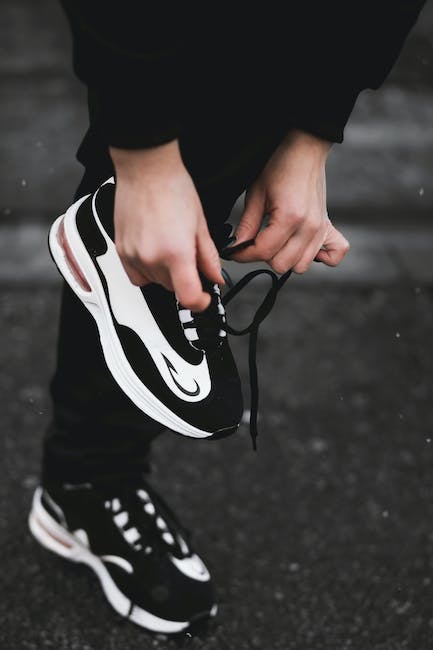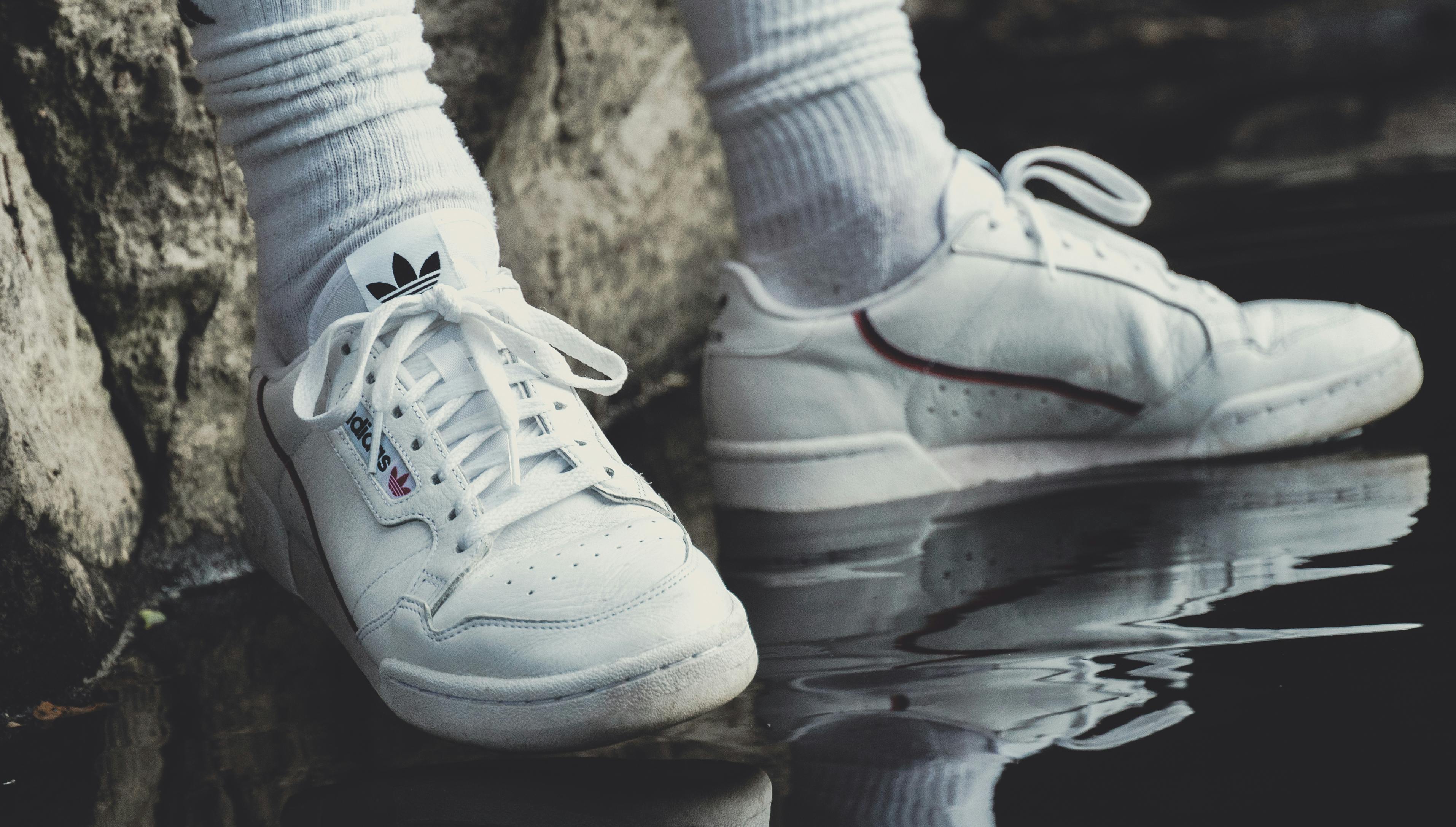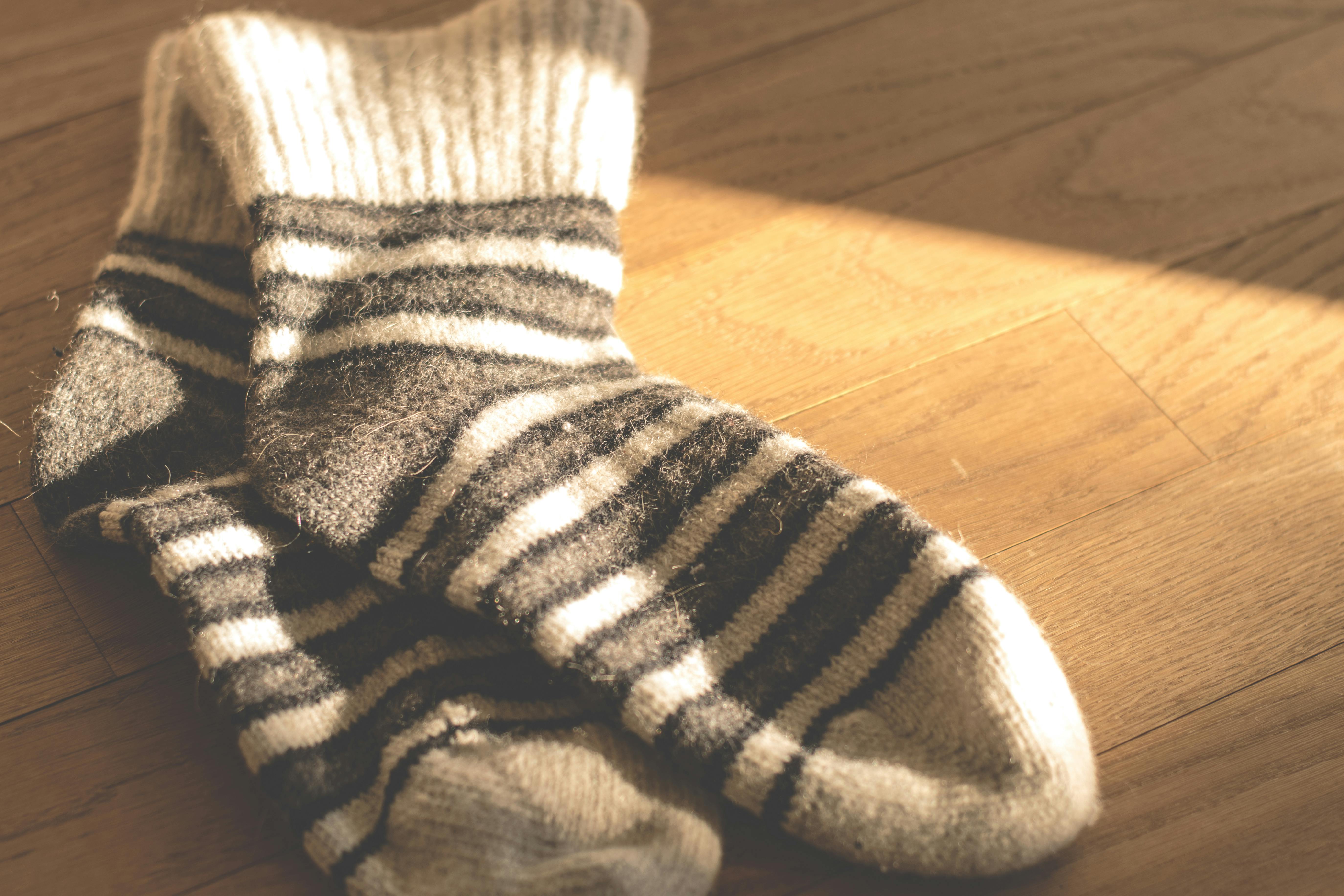Should I Wear Socks To Bed With Athlete’s Foot

If you have athlete’s foot, you may be wondering if it’s ok to wear socks to bed. Wearing socks to bed can help keep your feet warm and prevent the skin from drying out, which can help reduce the risk of developing athlete’s foot. However, wearing socks to bed with athlete’s foot can also create a moist environment that may worsen the condition. Therefore, it is important to consider a few factors before deciding whether or not to wear socks to bed with athlete’s foot.Athlete’s foot, also known as tinea pedis, is a fungal infection of the skin that typically affects the areas between the toes. It is a common condition that can cause itching, burning and cracking of the skin. It is most commonly caused by a fungus called Trichophyton that thrives in warm, moist areas. Treatment includes antifungal creams or ointments, powders and sprays.
What Are The Symptoms Of Athlete’s Foot?
Athlete’s foot is a contagious fungal infection that affects the skin on the feet. The most common symptoms of athlete’s foot include itching, burning, and stinging in the affected area. Other symptoms may include redness, dryness, flaking or peeling skin, and blisters that may be filled with fluid. The blisters often cause extreme discomfort and can lead to further infection if not treated properly. In some cases, athlete’s foot can also cause pain when walking. If left untreated, athlete’s foot can spread to other parts of the body including the groin area, which can lead to jock itch.
It is important to keep feet clean and dry as moisture can encourage fungal growth. Wearing sandals or open-toed shoes when possible is also recommended as it allows air to circulate around the feet and helps reduce moisture buildup. Additionally, it is important to wear clean socks every day and change them frequently if they become damp or sweaty. Finally, try to avoid sharing towels or shoes with someone who has athlete’s foot as this can spread the infection.
What Are The Risks Of Wearing Socks To Bed With Athlete’s Foot?
Wearing socks to bed while having athlete’s foot can increase the risk of further infection and irritation. The moist, warm environment created by wearing socks traps moisture, which can make the fungus that causes athlete’s foot grow faster. This can lead to cracking, itching, and burning of the skin, as well as an increased risk of infection from bacteria. Additionally, wearing socks can cause friction between the skin and the fabric, resulting in more irritation and inflammation. Wearing socks with athlete’s foot may also cause the condition to spread to other areas of the feet or even other parts of the body.
Therefore, it is important for those with athlete’s foot to avoid wearing socks to bed and opt for open-toed shoes instead. This will help keep your feet dry and reduce skin irritation. Additionally, using antifungal creams or powders can help treat athlete’s foot and prevent it from spreading further. It is also important to keep your feet clean and dry by washing them regularly with soap and water.
Is Wearing Socks to Bed with Athlete’s Foot a Good Idea to Prevent Sunburn from Tanning Beds?
Wearing socks to bed with athlete’s foot may seem unusual, but it can help contain the infection. However, this practice doesn’t address skin safety concerns. Remember, regardless of sock usage, understanding the importance of sunscreen in tanning beds is crucial to prevent potential sunburn and skin damage.
Prevent Athlete’s Foot From Spreading
Athlete’s foot is a common fungal infection of the feet, and it can be highly contagious if not treated properly. The key to preventing athlete’s foot from spreading is to practice good hygiene and take steps to avoid coming into contact with the fungus that causes it.
The first step in preventing athlete’s foot from spreading is to keep your feet clean and dry. Wash your feet daily with soap and water, especially between the toes. After washing, make sure to dry your feet completely, including between the toes. Wear clean socks every day to help absorb moisture and avoid wearing the same pair two days in a row.
In addition, protect your feet from coming into contact with other people or surfaces that may contain the fungus. Wear flip-flops or shower shoes at public pools, showers, and locker rooms; avoid walking barefoot; avoid sharing shoes or socks with others; and wear synthetic materials such as nylon or polyester instead of cotton as these materials are less likely to absorb moisture.
If you already have athlete’s foot, it is important to take extra precautions to prevent it from spreading. Change your socks and shoes daily; wear open-toed shoes when possible; treat any existing athlete’s foot infection promptly with an antifungal cream; and always wear shower shoes or thongs when using public showers or pools.
By following these tips for keeping your feet clean and dry, you can help prevent athlete’s foot from spreading.
Treating Athlete’s Foot
Athlete’s foot is a common fungal infection that affects the skin on the feet. It is caused by a fungus that grows in warm, moist environments. The most common symptom of athlete’s foot is itching and burning of the affected area. There are several treatments available for athlete’s foot, including over-the-counter medications and natural remedies.
Over-the-counter medications for athlete’s foot include antifungal creams, sprays, powders, and ointments. These medications can be applied to the affected area to relieve itching and burning. These products are generally safe and effective when used as directed.
In addition to over-the-counter medications, there are also several natural remedies for athlete’s foot that can provide relief from symptoms. Soaking your feet in a solution of equal parts white vinegar and water can help reduce itching and burning associated with athlete’s foot. Applying tea tree oil or diluted apple cider vinegar directly to the affected area may also help reduce symptoms.
It is important to keep your feet clean and dry when treating athlete’s foot. Wearing clean socks every day can help reduce moisture build up on the feet, which can prevent fungal growth. You should also avoid wearing tight shoes that may trap moisture in your feet and make it easier for fungus to grow.
If you have tried over-the-counter medications and natural remedies without success, you should consult your doctor for further treatment options. Your doctor may prescribe stronger antifungal medication or recommend additional treatments such as laser therapy or photodynamic therapy.

Does Wearing Socks To Bed Help With Athlete’s Foot?
It is common knowledge that wearing socks to bed can help prevent athlete’s foot. This fungal infection is caused by a type of fungus that thrives in warm, moist environments. When feet are enclosed in socks and kept warm and dry, the fungus is less likely to spread. Additionally, the moisture wicked away by the socks helps keep feet dry and prevents further spread of the fungus. Furthermore, socks can help protect feet from coming into contact with surfaces that may be contaminated with the fungus, such as carpets or floors.
In order to prevent athlete’s foot, it is important to wear clean, cotton socks that are changed regularly and washed in hot water. Additionally, it is important to keep feet dry throughout the day by changing out of wet or damp socks as soon as possible. Finally, it is important to practice good hygiene and keep feet clean by washing them regularly and thoroughly drying them after bathing or swimming.
Wearing socks to bed can be an effective way to prevent athlete’s foot. However, it should be noted that this method alone may not be enough to completely eliminate the risk of getting this fungal infection. Therefore, it is important to take additional steps such as practicing good hygiene and keeping feet dry throughout the day in order to reduce the risk of developing athlete’s foot.
Should I Wear Socks To Bed With Athlete’s Foot?
Suffering from athlete’s foot can be quite bothersome and itchy. While it is important to take precautions and practice good hygiene to prevent the spread of this infection, wearing socks to bed can be an important part of treating and managing athlete’s foot. Not only does wearing socks help keep your feet dry and protected from further irritation, but also help absorb any moisture that may be present on your skin. Wearing socks while sleeping also prevents you from scratching the affected area and further aggravating the infection. It is important to note that while wearing socks can help treat athlete’s foot, it is still important to follow a doctor’s advice in order to manage the infection effectively.
It is recommended that you choose breathable, absorbent material for your socks such as cotton or wool. Opting for thick socks may cause your feet to sweat more, which can worsen your condition. If possible, try to change your socks daily so that they remain clean and not harbor any bacteria or fungi. Additionally, make sure you wash your feet with soap and water regularly and dry them thoroughly before putting on the socks. Finally, if you have an open wound due to athlete’s foot, try wearing a bandage over it in order to keep it clean and prevent further infection.
In conclusion, wearing socks while sleeping when suffering from athlete’s foot can be beneficial for managing the discomfort associated with the condition. However, it is still important to follow a doctor’s advice in order to effectively treat the infection.
What Kind Of Socks Should I Wear To Bed With Athlete’s Foot?
When you have athlete’s foot, it’s important to wear the right type of socks to bed. Cotton or wool socks are best, as they are breathable and absorb sweat better than synthetic materials. Avoid polyester and nylon socks, as these materials don’t let your feet breathe and can trap moisture. Additionally, make sure you change your socks every day to prevent further infection. Wearing sandals or going barefoot is also a good way to keep your feet cool and dry.
In addition to wearing the right socks, other steps you can take include washing your feet with soap and warm water every day and drying them thoroughly afterwards. You should also avoid walking barefoot in public places, such as locker rooms or shared showers. If you have athlete’s foot, it’s important to use an antifungal cream or ointment as prescribed by your doctor. This will help reduce symptoms like itching and burning and prevent the infection from spreading further.
By taking these steps, you can help prevent athlete’s foot from getting worse and reduce the risk of spreading it to other parts of your body or other people. Remember that wearing the right kind of socks is just one part of managing athlete’s foot – but it is an important one!

Conclusion
Wearing socks to bed can help reduce the symptoms of athlete’s foot, but it is not a cure in and of itself. The best way to treat athlete’s foot is to keep feet clean and dry, wear breathable shoes, and use antifungal creams or powders. If the condition does not improve after several weeks, it’s important to seek medical attention.
Overall, wearing socks to bed is a good idea if you suffer from athlete’s foot because it helps minimize contact with the fungus. It is important to remember that even though wearing socks can reduce symptoms, it is not a cure and should be used in combination with other treatments.
